'Monster High: The Movie' (2022)
This Halloween movie is based on the toy line of the same name.
Incluvie Foundation Gala - Learn More
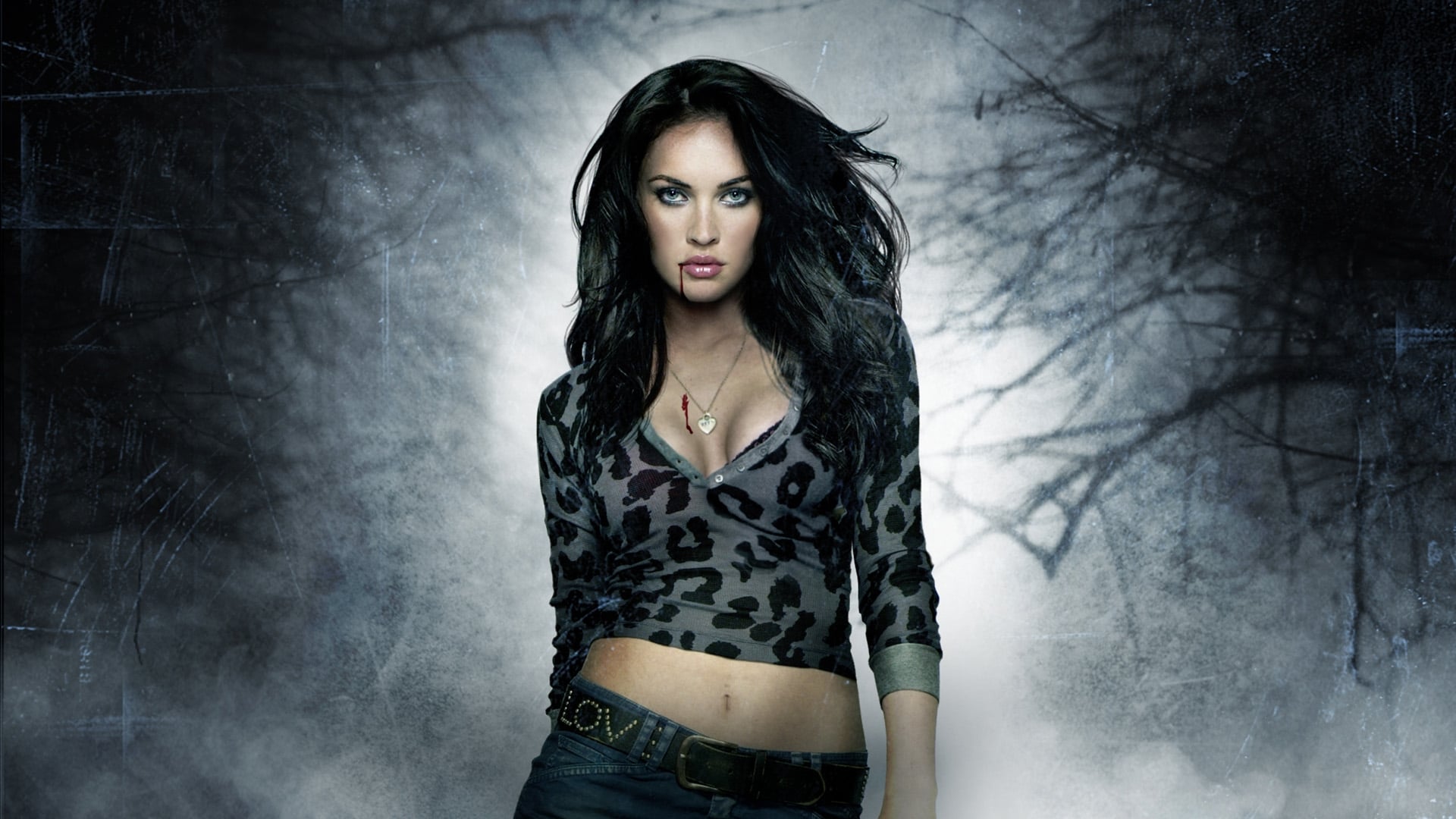

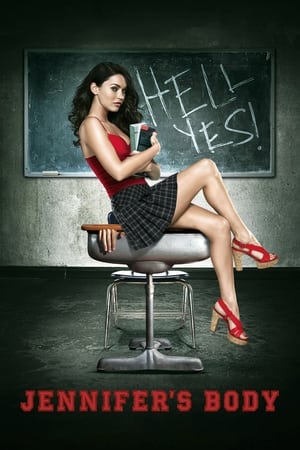


When it comes to cult classics, the horror genre has always had an overwhelming number of B-movies. Horror B-movies refer to the low-budget feature films as compared to major feature films. One might call them “low-grade” cinema as opposed to the more artistic endeavours, but I’d refrain from saying that. The horror B-movie is a source of unbridled entertainment and for the fans of spooky business, it’s the perfect way to round out Halloween night or any night in which they’re in the mood for horror. Usually characterized by a somewhat loose storyline, sometimes some quite silly characters, a little over-the-top acting and a bunch of practical effects, horror B-movies used to rule the world of horror during the ’70s and ’80s with franchises like Friday the 13, Slumber Party Massacre and Halloween.
But since the late '90s, with big-budget horror films like End of Days and Hollow Man, the focus has shifted from the horror B-movie. We now have major horror features like It and Midsommar and every year, there are almost ceremonial releases from the studio A24 which gave us The Witch and Hereditary. This year itself, Ti West's X and Jordan Peele’s Nope came out, which are far from being horror B-movies. But that being said, it’s only the focus that has shifted because we still have horror B-movies being made. If you enjoy the bizarre, less refined and entertaining world of the horror B-movies and want a break from the nuanced and poignant big-budget horror releases, I have a list of gore-fests from the last ten years to enjoy this October. Here are fifteen films for the fifteen days that remain till the auspicious date of Halloween!
The biggest subcategory of horror B-movies by percentage is the slasher film. Almost overdone violence and heavy reliance on practical effects as opposed to CGI characterize the slasher. And of course, the heavily criticized but also equally loved trope of the final girl is a slasher staple. Some of the most gruesome on-screen deaths have been courtesy of the slasher horror B-movie and I’m here to offer you some more horrible killings. If gore makes you queasy, you may consider skipping this segment.
Before I start, I feel the need to clarify that by bisexual, I’m talking about sexuality directed towards members of more than one gender identities. I’ll admit that the clarification will seem pointless since the films I’m about to mention barely involve characters who aren’t either male or female. However, that is due to the lack of gender-queer representation in media and not how I personally perceive bisexuality.
Now, bi-erasure, for those who might not know, simply identifies the often common phenomenon of bisexuality not being acknowledged. This can be in cinema, music, art, novels, or even in real life. This has happened to every community that falls under the umbrella term 'queer', you might be thinking. However, bisexuality has a more prominent history of being subjected to this. Bisexual coming-out scenes are extremely scarce, and most bisexual stories acknowledge only homosexual tendencies or otherwise just portray bisexuality as a phase or an experimental experience. It sometimes manifests from the urge to steer narratives away from heteronormativity. In an attempt to portray heteronormativity negatively, homosexual experiences are highlighted to the point where bisexuality doesn’t get acknowledged. So is it really queer-positive if it comes at the cost of bi-erasure?
A very common form of bi-erasure is when a character who’s only had heterosexual experiences, starts experiencing homosexual tendencies and is then shown to realize that they were homosexual all along and pretended to be heterosexual. This is bi-erasure because quite often, the character might just be bisexual, and by saying they finally realized they’re gay, the narrative is essentially erasing the possibility of the character being bi. If only a few stories were of this kind, it wouldn’t be an issue, but this is extremely rampant (Brokeback Mountain, Call Me By Your Name, and Teorema to name a few, are all considered to be gay films).
One of the most classic examples of bi-erasure from Hollywood in the 21
Century is Jennifer’s Body. Starring Megan Fox as the titular Jennifer, the film was marketed as an overly sexual horror film that specifically caters to the male gaze of heterosexual adolescents. However, its cinematography is abundant in the female gaze, which usually includes focusing on hands, lips, and eyes, sensuously but emotionally perceiving the characters on screen. The male gaze, on the other hand, tends to focus on the body itself, with a certain lust in its framing of female characters specifically. Plus, Jennifer Check actually says the words “I go both ways” in reference to her sexual preference. Still, being perceived as a heterosexual narrative is blatant bi-erasure. However, I have good news for you. The film is being re-evaluated and reclaimed as an important work in queer horror.
Horror has a long history of murdering its women characters. This is because horror films uphold the gender ideology that women are far less superior to men; hence, women in horror are often slashed or eaten. One might argue that the lack of a woman's gaze or relatable women characters leads many women spectators to not fall in love with the slasher genre. While Carol Clover's final girl might make women pumped up about seeing a woman survive a horror film, that doesn't mean all women would identify with the final girl (especially if she's written stereotypically). I've discovered that there's a new horror genre: a genre that combines slasher, cerebral (psychological horror), or women's horror that are often directed, written, produced, and/or starring women. Coined by Amy Jane Vosper comes a new hybrid horror genre: cerebral gore.
According to Vosper's Film, Fear, and the Female, “This new subgenre, to which I shall refer as cerebral gore, often purposefully subverts the male gaze or satirically employs it as commentary on its undesirability.” Vosper mentions these films are usually marketed for women, but do not exclude men's viewership. The main goal of cerebral gore is to make a social commentary on gender. Particularly, the role women play in slashers. Another goal is to make women the star of the horror genre without villainizing them. For this reason, cerebral gore films will have a main woman protagonist that women audiences can identify with. Additionally, cerebral gore allows women spectators to enjoy the gore and violence as, what Vosper describes as, "visceral imagery." This proves that women do love gory films, but probably not the ones where women are the victims. I have come up with a ranking list of five cerebral gore films, so we can further evaluate what makes a horror film a cerebral gore. Who knows, maybe you've watched a cerebral gore film without even knowing it.
If you’re a fan of Katharine Isabelle, you will love her in American Mary (2012). Katharine Isabelle is no stranger to the horror genre. Most people know her in Ginger Snaps (2000) as a werewolf, and if you’re like me, you know her as the character Ava in Supernatural. Watching her in Ginger Snaps and Supernatural, I can tell that Katharine Isabelle is great at playing a villainess, but it’s hard to say if she’s a villain in American Mary. Directed by The Soska Sisters, a.k.a. The Twisted Sisters, American Mary, focuses on a surgical med student (Mary) who is struggling to pay her tuition. So, she makes a living giving surgical patients body modifications. The film doesn’t sound as scary, but one of the horrors of the film is watching Mary slicing the nipples off a woman, who wants to remove her breasts and have a sealed vagina. The reasoning behind this procedure is to bring social commentary on how women are constantly erotized by men. In order for the woman to avoid being a sex toy for her husband, she wants her body to be censored like a Barbie doll. Check out Ateryo's, "15 Modern Horror B-Movies To Watch This October" referencing, American Mary.
Things take a turn when Mary is raped and drugged by her professor at a party he invites her to. Once Mary realizes what happened, she exacts revenge by kidnapping her professor and torturing him by performing a severe body modification and mutilating him. Ultimately, her obsession with body modification kills her in the end. Amy Jane Vosper specifically mentions American Mary as a cerebral gore-horror film that utilizes gore to not necessarily frighten women spectators, but that “appeals to the artistic and aesthetic sensibilities of the viewers.” This can be seen in Mary’s death scene. As she lies on the floor bleeding to death, we see her in a restful pose, and her blood smeared on the floor looks like splattered paint, making her death look like a painting.
TW: Transphobia, Sexual Assualt, Violence, Misogyny // Spoilers for Sleepaway Camp ahead
We [meaning mainly the girls, the gays, and the theys] all love a good revenge film — Jennifer’s Body, Ms. 45, Carrie, and the new addition to the canon: Promising Young Woman. All the films feature a woman who enacts her own version of justice against those who are not being punished for a heinous crime — normally upholders of oppression like sexual assaulters. Though violent, sometimes exploitative, and not usually having a happy ending for the femme protagonists, at the center of these stories are questions about how justice truly functions in our society. As we’ve seen post #metoo, industries have slowed in making progress and even the so-called damaging “cancel culture” has not removed most abusers from their platforms. In this subgenre, fantasy and catharsis intertwine as one where we can escape to an alternate reality where the oppressed play karma in making those who killed our soul suffer in response. Though it does not fix the structural roots and usually punishes the women in the finale, the everlasting images are an escapist fantasy where related audience can feel sublime satisfaction that only comes with pure vengeance. That’s why we [see previous] love them.
For anyone who is not a cis white woman, a justice-fueled murderous rampage is not framed as liberation. Instead, they contribute to harsh stereotypes that vilify minority women with dangerous consequences. Particularly, trans women have been coded as serial killers for decades — especially since, possibly the most famous horror film ever, Psycho. The trope has expanded since then where explicitly or implicitly coded trans serial killers have made up some of the most well-known villains in horror and cinema history: including Leatherface, Bobbi, and, worst of all, Buffalo Bill. The most explicit — and “coincidentally” the most egregious, in my opinion — is the 1983 B-movie Sleepaway Camp. The protagonist is revealed to be trans, forced into being a girl by the eccentric aunt she is sent to live with after a freak boating accident kills both her sister and father. She goes on a killing rampage murdering all the bullies who torment and do her wrong during her time there. When Carrie did this to her classmates, there was a certain sympathetic tone to her atrocities. There’s even a clear case of justification for her murderous escapade. She, however, has never been referred to as a serial killer in cinematic discourse but more as something closer to a misunderstood superhero. For trans women in media, their perception and representation are completely different with grave consequences. Historically, when they have been shown in mainstream media, there is an association of fear, intense violence against women, and an issue of severe psychological trauma on part of the trans character. Cis white women from Carrie to Cassie are given the guise of innocence and retaliation while trans women are stereotyped into monstrous creatures more often than not.
While film and TV still have a long way to go when it comes to LGBT representation, there are so many more opportunities for LGBT people to see themselves onscreen than there were even a few years ago. Best of all, some of the best LGBT films and shows are available online for free or on popular streaming services that you might already be subscribed to. Here are some of my top picks for films and TV shows with positive LGBT representation, sorted by where you can find them. (Note: This list is accurate as of June 2021, but streaming libraries change frequently.)
Tubi offers a library of over 20,000 movies and shows for the unbeatable price of zero dollars, as long as you're willing to put up with a few ads.
Must-Watch LGBT Movies Online Recommendations
TW: Sexual Assault & Misogny // Spoilers Ahead
The height of subversive horror cinema is Jennifer’s Body. No, I will never budge on that. Yes, Cabin in The Woods is funny, Scream is very well made, and the Scary Movie franchise is …. there. But nothing is quite as satisfying as watching the teenage succubus that is Jennifer Check rip apart boys. In the post #metoo era where the industry is far from changed, watching revenge flicks like these is probably one of the most cathartic experiences due to the slow-moving progress being made. This 2009 film was so far ahead of its time and continues to be the ultimate metaphor, both on and off the screen, for revenge against misogynistic Hollywood. Megan Fox, the perfect casting choice, leads the film as Jennifer — whose body she reclaims power over after an assault by using it to seduce the men in the small town of Devil’s Kettle to their deaths. She feeds on their frightened, vulnerable (and rather unintelligent) souls and sustains her good looks through this. Her best friend, Needy Lesnicki (Amanda Seyfried), is caught in between her moral reservations about her BFF’s murder spree and grappling with her own “loyalty” toward Jennifer (hint: it's not just gal-pal platonic-ness). The film examines so many themes concerning romantic leanings in female “friendships,” sexual assault, and female empowerment all without falling victim to the male gaze or objectifying its stars. At its core, it's a fulfilling tale of revenge upon the perpetrators of misogyny and about young women finding their own justice in a world that is aimed against them.
The cast and crew being primarily made up of women is one of the reasons the film feels much more authentic and less exploitative than other revenge films such as I Spit On Your Grave. Director Karyn Kusama takes so much care in keeping the film from turning into torture porn (like the previously mentioned film) and instead focuses on the evolution of Jennifer and Needy. Needy goes through the classic She’s All That nerdy-to-cute transformation but also learns how to stand up for herself and use the succubus powers she later receives for good. Even Jennifer changes to the audience from seemingly together it-girl to the revealed abusive, power-hungry friend that she’s been all along — now heightened in her new supernatural form. Essentially, these women are given complexity that does not revolve around retaining their femininity. It’s about survival and testing the bounds of their tumultuous but co-dependent relationship. Standard horror films with female protagonists, usually written by men, make women’s unhinged struggles revolve around puberty and/or a need for male validation. This allegory examines a nuanced struggle in female friendships that can often lead to toxic codependency and the blurring of romantic and platonic feelings. Jennifer’s Body is the perfect example of why more diverse voices are needed in horror to give some truth to the framework of metaphorical storytelling that is central to horror films (I’m looking at you Midsommar). I mean, can you imagine Get Out if Jordan Peele was white?
TW: Sexual Assault, Body Horror, Animal Violence // Spoilers below
There is no more delicate a topic to portray than sexual assault and, because of its heaviness, it seldom gets the attention and discussion it deserves. However, when it is represented in some capacity, it is usually in an explicit and exploitative way that is both incredibly disturbing and detrimental. Often, it's shown in extremes to shock audiences by mixing taboo and the male gaze for some sinister reactionary experiment (stares at Game of Thrones for embodying all of this). Even in the sub-genre that targets this issue specifically, Rape Revenge Films, there is campy violence used by many of these films to transform the topic into a horror story for men and less an exploration of this widespread pandemic that has been plaguing society since inception. So when Shudder picked up Violation for distribution, I was ultimately skeptical. Is this just going to be a modern-day I Spit on Your Grave or a post-horror, A-24 wannabe about sexual assault? It ended up being both — leaving me disappointed and underwhelmed. It begs the question: what is the point of making films about sexual assault if you’re not bringing a realistic or ignored viewpoint to the forefront?
The film follows a pair of once-close, now estranged sisters whose bond is tested when one of their husbands rapes her sister. The protagonist and victim, Miriam, reverses the roles by murdering her brother-in-law, Dylan. What could’ve been a compelling short film is drawn out into an hour and 42 minutes of stock forest footage, over-color-corrected sequences, and excruciatingly long, redundant, gross-out scenes. There is no tension or fear about Miriam getting caught and you don’t know enough about her to care if it happens. The only thing that is crystal clear is that Dylan is horrible — which was obvious right from the beginning with his hunting obsession and implied slight distaste toward Miriam for “controlling” (?) Greta, his wife. The plot is extremely heavy-handed and tries to make the rape a “reveal”, halfway through the film, which is both insulting and incredibly odd considering both the logline and title make it pretty obvious what the film is about. It could’ve been interesting from a psychological perspective if we were able to be inside Miriam’s mind and feel with her. Instead, it provides the audience a large distance between every character and them - alongside harboring the general suspicion subconsciously that the ensemble unjustifiedly has toward Miriam. The result: a lack of empathy from viewers or vitality from the plot. There is no subversion, winding arch, or even explanation. Just straight, predictable, and disgusting violence.
The characters and acting are just as flat as the film. The wolf eating the rabbit in the beyond obvious metaphor and the spider dying in a cup (again smack in the face) has more range and emotional pull than any of the personages at play. Despite there being lengthy scenes for Greta (Anna Maguire) and Miriam (Madeleine Sims-Fewer) reminiscing about their childhood and father, little is known about them presently and before, besides Miriam being called Greta’s “White Knight” (not subtle whatsoever) and that there was some sort of falling out between the once inseparable sisters. Miriam, herself, is perceived by others to be deceiving and controlling yet, we seldom see her act that way beyond a bit selfish and gives a poor portrayal of sexual assault survivors. Alongside that, the editing jumps between points in the timeline and has viewers confused on what is happening and when it is taking place - making Miriam's account of events start to seem unreliable. Instead of making a statement about how survivors must be heard, regardless of reputation, it enforces the cruel perception of Miriam and gives her a vicious persona by having her kill Dylan (Jesse LaVercombe). However, she regrets murdering him immediately - almost freeing him and puking and crying when she both kills and has to dispose of him. It is just grueling to watch instead of providing a sense of justice or empathy.
Unless you're on the wrong side of Tik Tok, aka Straight Tik Tok, you definitely have seen the growing popularity and comeback of the Bimbo trend - now extending to the gender-inclusive Himbo, Bimbo, and Thembo. It has been reclaimed as a feminist concept, as a way to praise femininity, subvert the male gaze, and disparage capitalism. From it, other films like Legally Blonde and Jennifer's Body, have gained extreme popularity and a newfound critical appreciation replacing their past dismissal as just "chick flicks". However, if there's one film that validated the concept of the Bimbo way ahead of its time, it would be the prestige biopic: Erin Brockovich. Based on the true story of activist and paralegal Erin Brockovich, the film charts her incredible story of success from being an unemployed, single mother of three to building a landmark case against the Pacific Gas & Electric Company of California for local water contamination - despite having no legal training whatsoever. Erin's hyper-feminine appearance and headstrong attitude are unconventional in terms of expectations for how "respectable" (by society's definition) women and lawyers should behave. Its true-story roots and the seriousness in which the film was taken helps validate the still hard-to-understand concept for our society that women can do whatever they want despite their appearance.
As in everything, Julia Roberts' performance is extremely captivating and moving. Every moment she is on-screen is electric. Despite the legal jargon that makes up a lot of the dialogue, these moments don't become overpowered by information because of the range of emotion and dynamic-ness she commands. The entire film could have been her just cursing at me and I would've been perfectly entertained. The performance, also, isn't bogged down with a glossy picture of a woman who can do it all . Instead, it shows her messing up, being exhausted, and even hating herself. But it doesn't fall into tragedy exploitation either. We see her happy, learning to love herself, and finding her career, all while staying true to her character. Erin is a force dead-ahead on her target who explores a full range of authentic emotions in trying to balance being a mother, a girlfriend, an advocate, and trying to just be a human being at the end of the day. This representation allows for a female character to have a full well-roundedness that often doesn't get afforded to them in favor of objectification - especially when they are dressed like her. Erin could've easily fallen into something like Margot Robbie's performance in - well - any movie pre-I, Tonya where her amazing acting was framed under male gazes and seldom taken seriously for her incredible magnetism in creating characters. However, the Academy actually recognized brilliance, for once, and Julia won the Oscar for Best Actress in a Leading Role.
The plot does come through too and becomes engaging through its raw character study. It prioritizes charting Erin's growth in all aspects of her life, beyond just reducing her character to one thing, which avoids deadly and tired tropes. As well, the story focuses on the town whose citizens are physically and emotionally affected by the contamination of their air and water. To the audience, they don't just become or feel like props in Erin's life but are people just like her. We feel as Erin does for them and understand the trauma that each of these families experiences. The film is just over 2 hours and allows for many citizens to tell their story and experiences instead of just running through it to "hold" the audience's engagement as blockbuster dramas are supposed to do. Essentially, it emphasizes compassion, thoughtfulness, and humanity - creating empathy with the audience by putting us in Erin's shoes. Its structure makes sure that we are in Erin's mindset, showing her compassion and why she is so motivated to do what she does. My only gripe is that the film doesn't contain or discuss stories from people or communities of color - who are often hit the hardest by environmental issues that, in turn, affect their health.

Jennifer, a gorgeous, seductive cheerleader takes evil to a whole new level after she's possessed by a sinister demon. Now it's up to her best friend to stop Jennifer's reign of terror before it's too late.
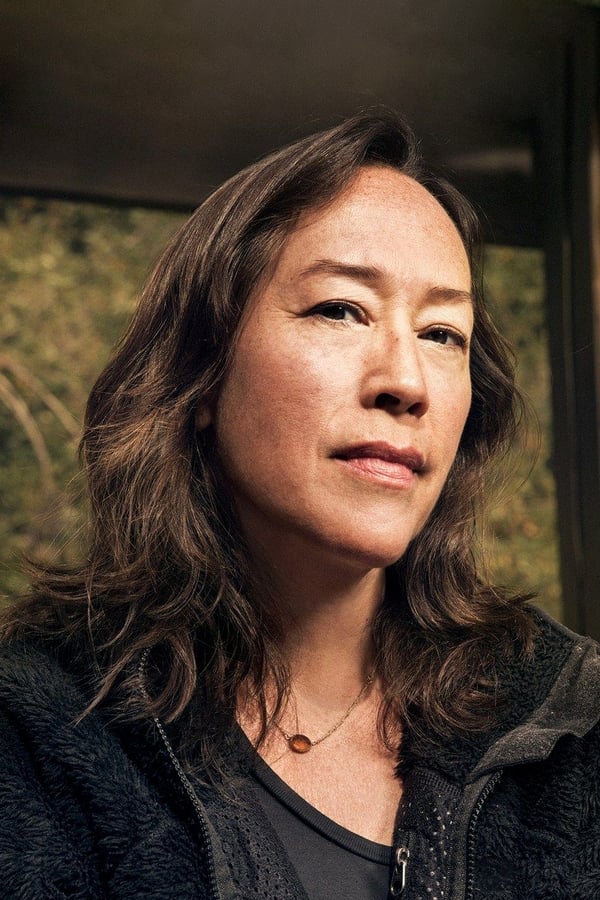
Karyn Kusama
Director

Karyn Kusama
Director
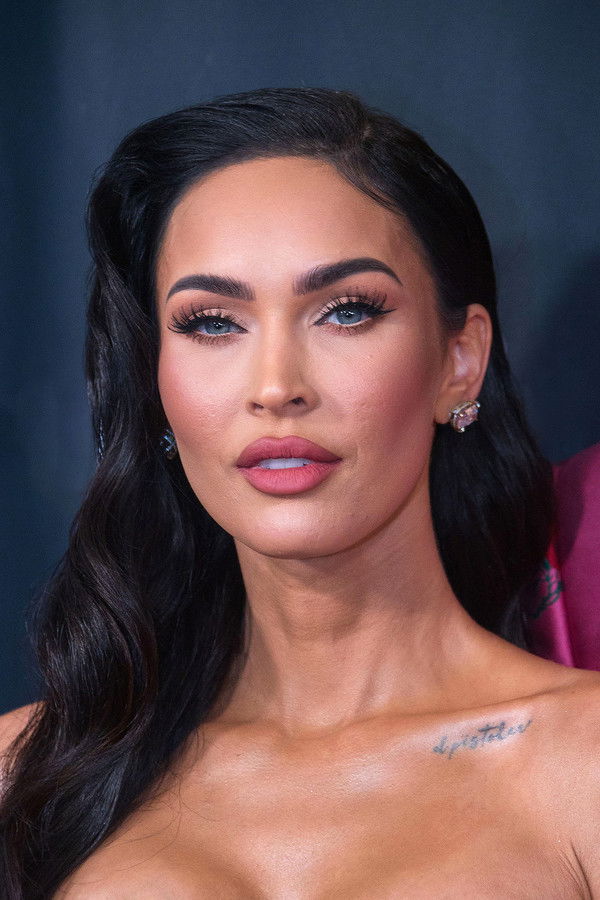
Megan Fox
Jennifer

Amanda Seyfried
Needy
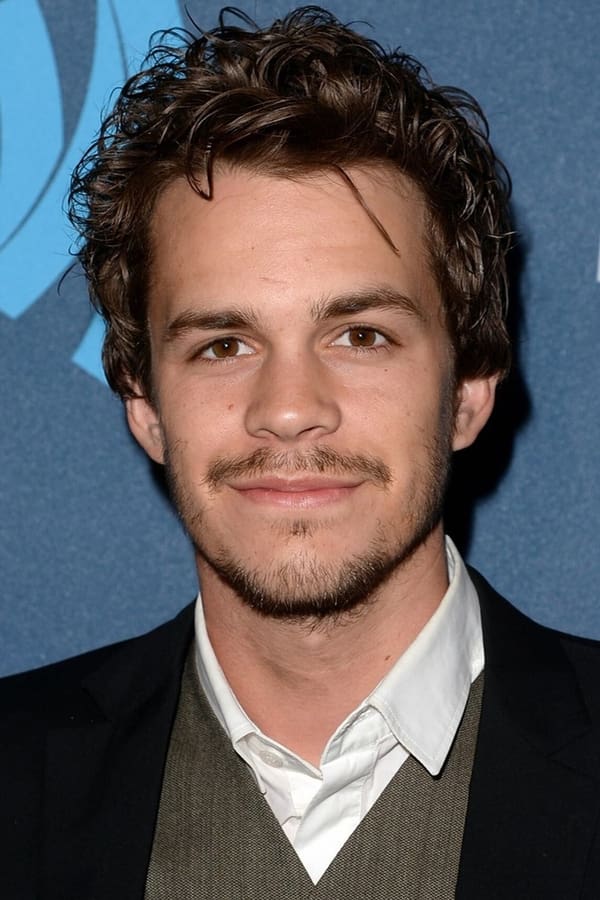
Johnny Simmons
Chip

Adam Brody
Nikolai

Sal Cortez
Chas

Ryan Levine
Mick
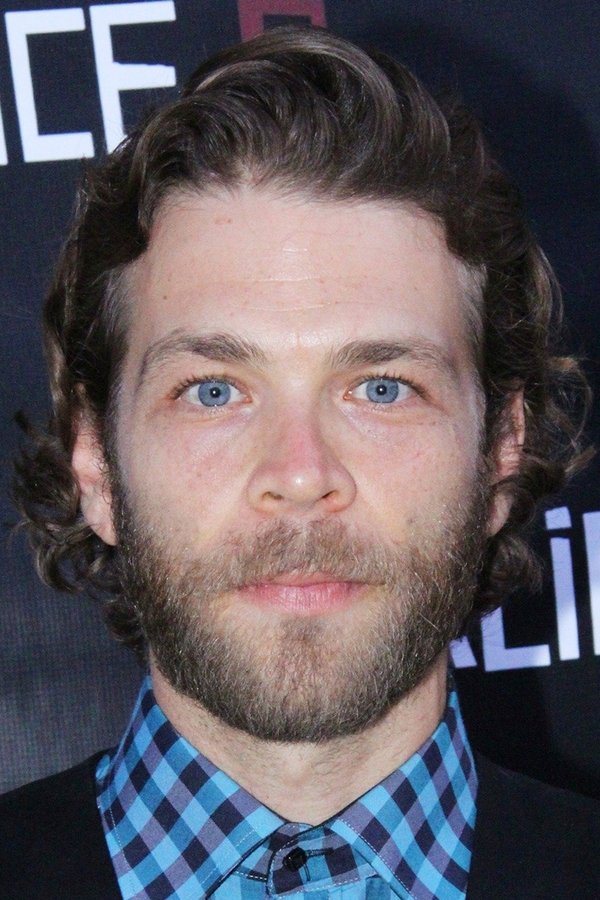
Juan Riedinger
Dirk

Colin Askey
Keyboardist

Chris Pratt
Roman Duda
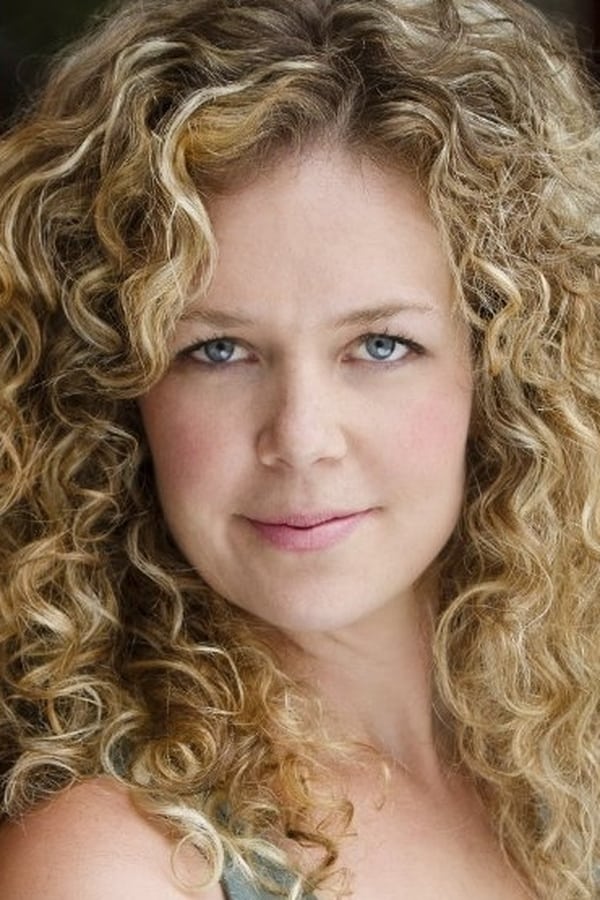
Juno Rinaldi
Officer Warzak
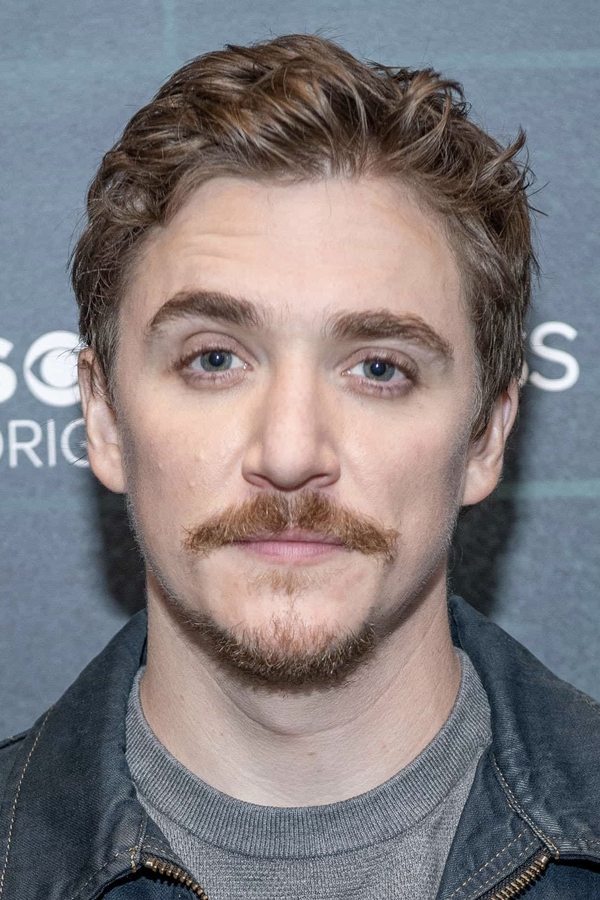
Kyle Gallner
Colin Gray
This Halloween movie is based on the toy line of the same name.
In Jeymes Samuel's history-infused, neo-spaghetti western, Black women are center stage with a fresh hip hop mixtape keeping rhythm in the backdrop.
Kung Fu Chit was a beautifully made, empowering short film that really spoke to me. Featured in Incluvie’s 2020 Film Festival, Kung Fu Chit tells the story of a girl who doesn’t quite fit in.



